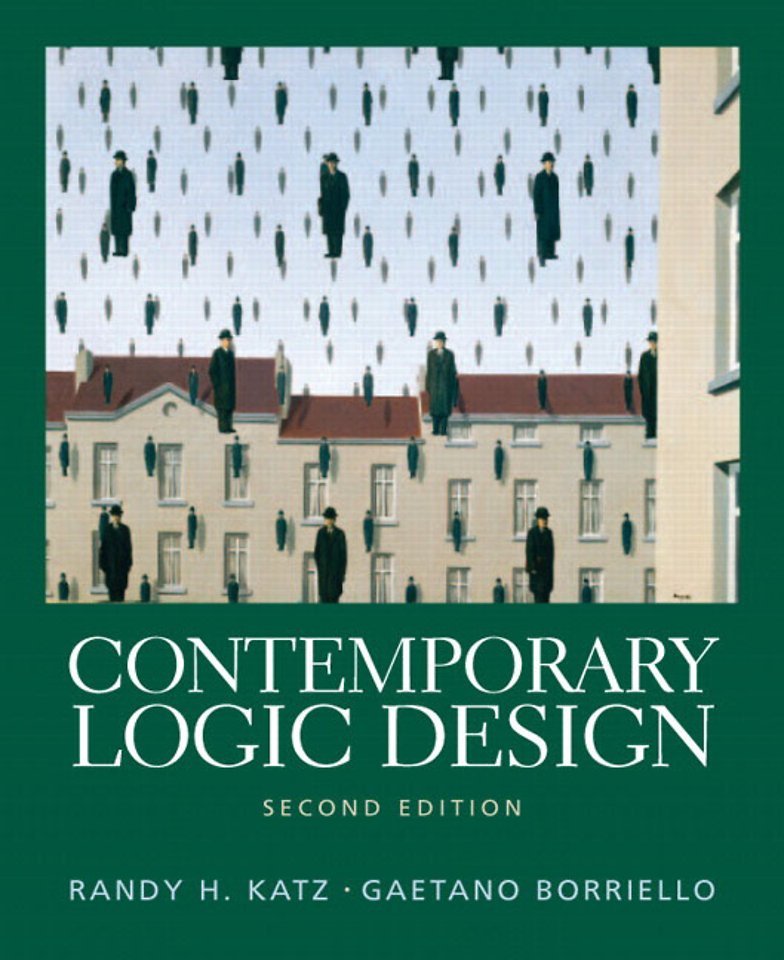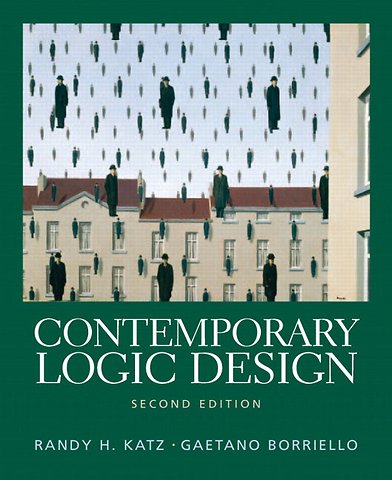Contemporary Logic Design
Paperback Engels 2005 9780201308570Samenvatting
In the decade since the first edition of this book was published, the technologies of digital design have continued to evolve. The evolution has run along two related tracks: the underlying physical technology and the software tools that facilitate the application of new devices. The trends identified in the first edition have continued and promise to continue to do so. Programmable logic is virtually the norm for digital designers and the art of digital design now requires the software skills to deal with hardware description languages.
Hardware designers now spend the majority of their time dealing with software. Specifically, the tools needed to efficiently map digital designs onto the emerging programmable devices that are growing more sophisticated. They capture their design specifications in software with language appropriate for describing the parallelism of hardware; they use software tools to simulate their designs and then to synthesize it into the implementation technology of choice. Design time is radically reduced, as market pressures require products to be introduced quickly at the right price and performance.
Although the complexity of designs is necessitating ever more powerful abstractions, the fundamentals remain unchanged. The contemporary digital designer must have a much broader understanding of the discipline of computation, including both hardware and software. This broader perspective is present in this second edition.
Specificaties
Lezersrecensies
Inhoudsopgave
Rubrieken
- advisering
- algemeen management
- coaching en trainen
- communicatie en media
- economie
- financieel management
- inkoop en logistiek
- internet en social media
- it-management / ict
- juridisch
- leiderschap
- marketing
- mens en maatschappij
- non-profit
- ondernemen
- organisatiekunde
- personal finance
- personeelsmanagement
- persoonlijke effectiviteit
- projectmanagement
- psychologie
- reclame en verkoop
- strategisch management
- verandermanagement
- werk en loopbaan

